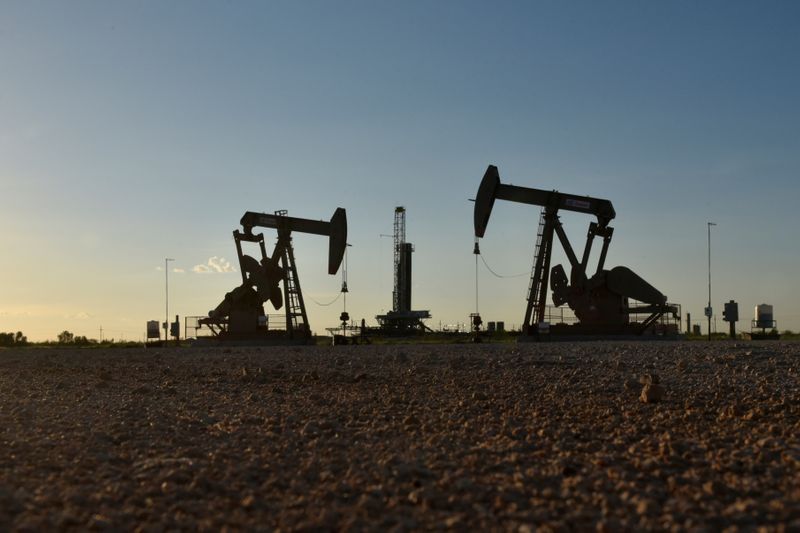By Noah Browning
LONDON (Reuters) - Global oil inventories could rise sharply despite OPEC and its allies deepening their output cuts and slowing U.S. production growth, the International Energy Agency (IEA) said on Thursday.
"Despite the additional curbs ... and a reduction in our forecast of 2020 non-OPEC supply growth to 2.1 million barrels per day (bpd), global oil inventories could build by 700,000 bpd in Q1 2020," the Paris-based IEA said in a monthly report.
Graphic - Demand/Supply Balance until end-2020: https://fingfx.thomsonreuters.com/gfx/mkt/12/9877/9789/supply_demandDec.jpg
The Organization of the Petroleum Exporting Countries (OPEC) and others including Russia - the OPEC+ group of producers - agreed last week to rein in output by an extra 500,000 bpd in the first quarter of 2020 to balance the market and support prices, but they stopped short of pledging action beyond March.
Graphic - OPEC and non-OPEC oil supply year-on-year change: https://fingfx.thomsonreuters.com/gfx/mkt/12/9878/9790/opecnonopecdec.jpg
Even if OPEC+ adhered strictly to their new pact and political troubles continued to hobble exports from Iran, Libya and Venezuela, the IEA said that only 530,000 bpd of crude would be withdrawn from the market compared to November production.
This contrasts with OPEC's own research which forecasts a small deficit in the market next year due to Saudi Arabia's supply restraint even before the latest cut agreement takes effect.
OPEC+ output is set to outstrip projected demand for its crude by 700,000 bpd in the first half of next year and by 1 million bpd in the second half, the IEA said.
Graphic - Call on OPEC Crude: https://fingfx.thomsonreuters.com/gfx/mkt/12/9879/9791/callonopecdec.jpg
The IEA lowered its forecast for supply growth by non-OPEC countries in 2020 by 200,000 bpd "on a continued slowdown in the U.S., reduced expectations for Brazil and Ghana as well as additional cuts by (OPEC's allies)".
The biggest reduction is expected to be in U.S. shale output, where operators have been cutting spending under investor pressure to improve returns.

The IEA estimates total U.S. oil production growth will slow to 1.1 million bpd in 2020 from 1.6 million bpd this year.